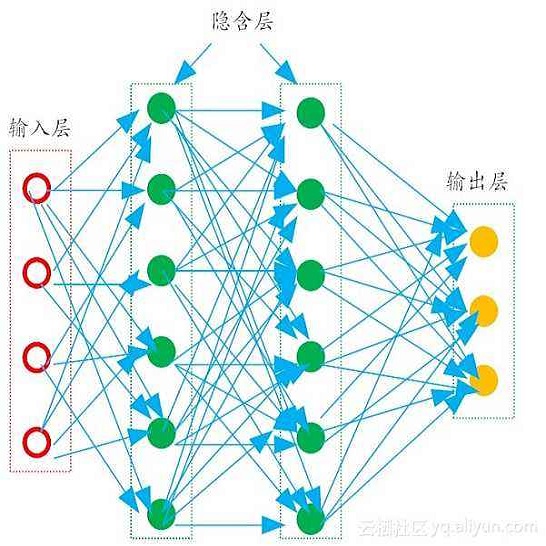This paper presents a hybrid morphological neural network for regression tasks called linear dilation-erosion regressor ($\ell$-DER). An $\ell$-DER is given by a convex combination of the composition of linear and morphological operators. They yield continuous piecewise linear functions and, thus, are universal approximators. Besides introducing the $\ell$-DER model, we formulate their training as a difference of convex (DC) programming problem. Precisely, an $\ell$-DER is trained by minimizing the least-squares using the convex-concave procedure (CCP). Computational experiments using several regression tasks confirm the efficacy of the proposed regressor, outperforming other hybrid morphological models and state-of-the-art approaches such as the multilayer perceptron network and the radial-basis support vector regressor.
翻译:本文为回归任务提供了一种混合形态神经网络,称为线性膨胀-腐蚀回归器($@ell$-DER),由线性和形态操作者构成的组合组合提供,一个$/ell$-DER。它们产生连续的片状线性功能,因此是通用的近似体。除了采用$/ell$-DER模型外,我们还将其培训发展成锥形(DC)编程问题的差异。确切地说,一个$/ell$-DER通过使用 convex-concave 程序(CCP)进行尽量减少最小区域的培训。使用若干次回归任务进行的计算实验证实了拟议的递进器的功效,优于其他混合形态模型和最先进的方法,如多层透镜网络和辐射基支持矢量递后器。




